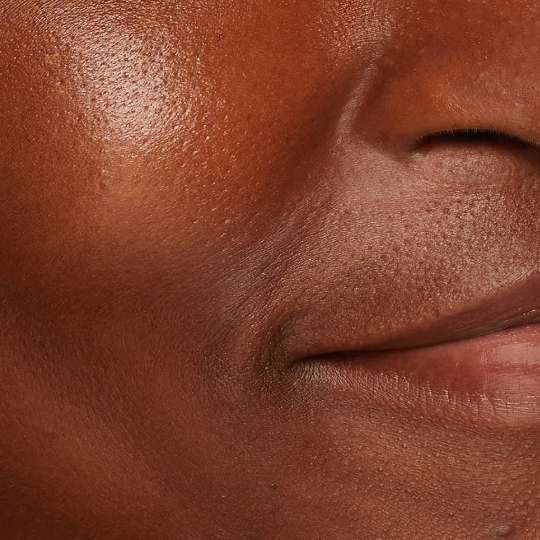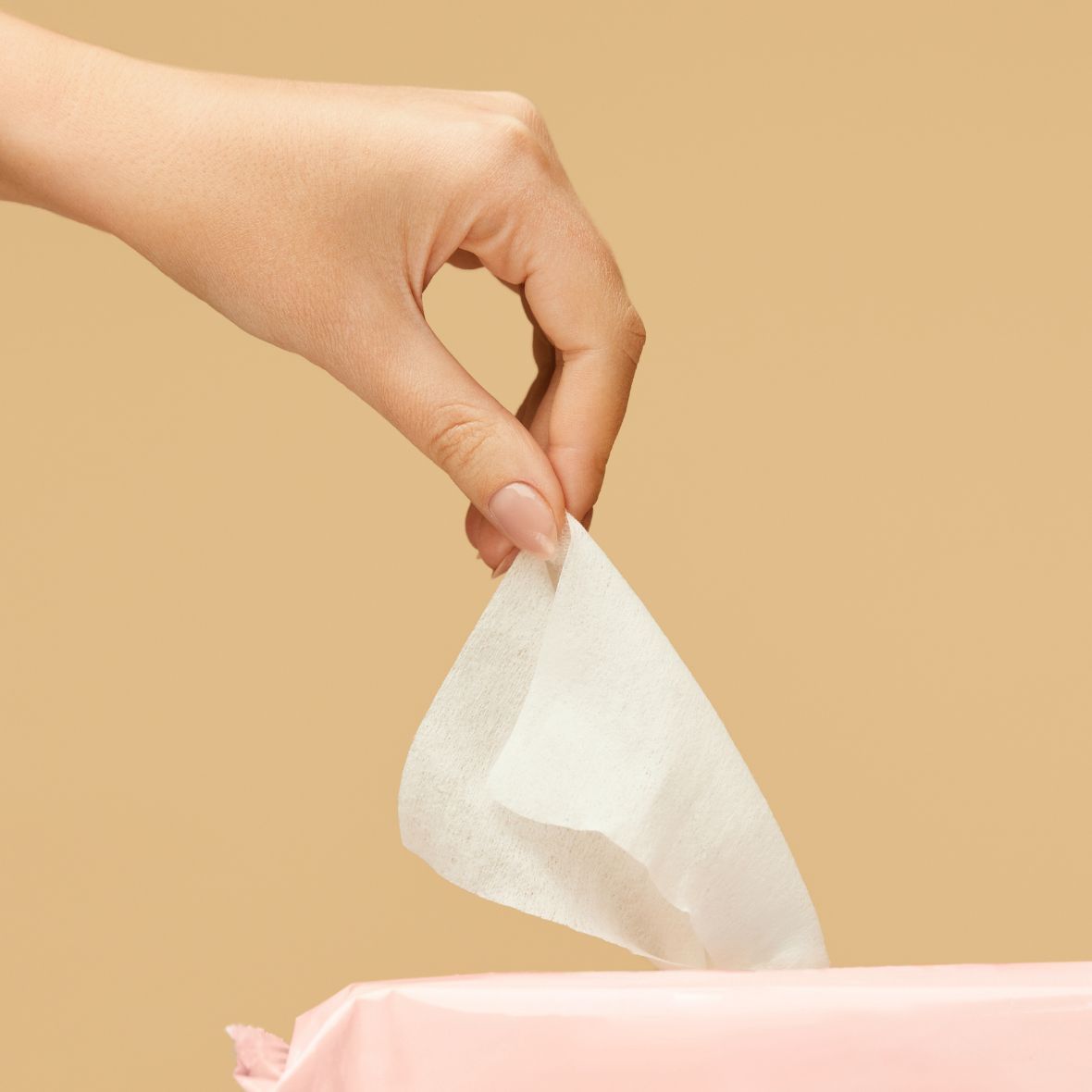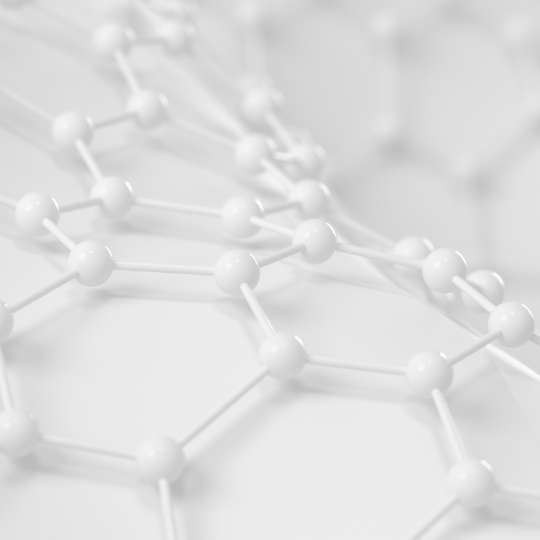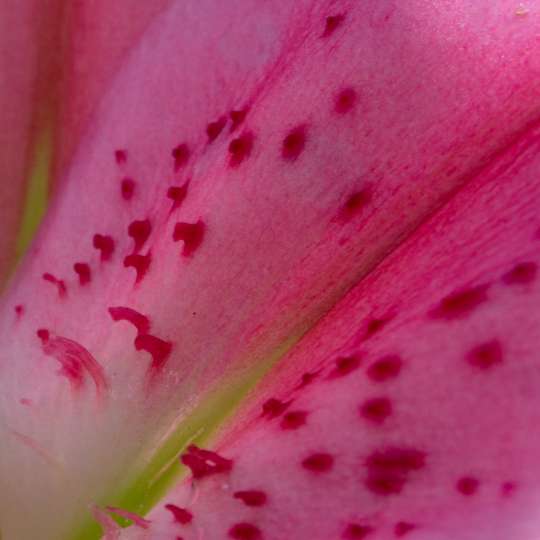

How to take on teenage acne
Much like a friend who can’t read the room, teenage acne is the queen of bad timing. As if your teen didn’t already have enough to contend with. The good news is that younger skin is more resilient, and bounces back quickly, meaning those big, angry blemishes make themselves scarce pretty sharpish. To send them packing even faster, and prevent future breakouts, keep the following in mind:
Treat them to their own skincare
Just as you might want to impress upon your teen the value of money and the importance of eating vegetables every now and again, teaching them how to care for their skin will also pay off later in life. Instead of sharing your stash, treat them to their own routine. Not only will this encourage independence, but it will also feel more exciting than sharing with their parents, and therefore make them more inclined to use it regularly. Because if there’s one thing we know teenagers love, it’s being treated like a grown-up. It doesn’t have to be a fancy or extensive skincare routine, but a good cleanser and moisturiser will go a long way.
Encourage regular cleansing
Proper cleansing is the cornerstone of any skincare routine, and it pays to start good habits early. Washing away the day is especially important if your teen is active, as sweat can cause bacteria to build on the skin. Let them choose the texture of cleanser they prefer, for the simple reason that they’re more likely to use it if they like how it feels. We would always recommend a nourishing balm to melt away makeup, grime or SPF, and a gel cleanser to give pores a good clear out. Remember, face washing doesn’t need to be done at the same time as brushing their teeth. If your teen is normally exhausted by bedtime, encourage them to cleanse their skin when they get in from school or college. With this out the way, they’re free to enjoy the rest of their evening, and their complexion can reap the benefits.
Re-think their hair style
Hair can play a big role in teenage acne for a couple of key reasons. Firstly, shampoos and conditioners can aggravate the skin, and secondly, natural oils from the hair can transfer onto the skin. Washing hair regularly, tying it back when sleeping and having a style that keeps it away from their face are all easy ways to make a difference. Fringes can be a catch 22 situation, but are best avoided if your teen has blemish-prone skin. They rub against the forehead which can cause breakouts, but are also a clever way to hide spots. For this reason, your teen may want to work on clearing their complexion through alternative methods before growing out their fringe.
Don’t strip the skin
There’s a common (and unhelpful) misconception that teenage acne is caused by poor hygiene. But, while skipping showers will add fuel to the fire, it’s fluctuating hormones that light the match. Hence why over-cleansing the skin will not improve things. Cleansing once in the morning and once at night (twice if they have been wearing makeup or SPF) with a nice gentle balm or gel is enough. Washing more than that, or with harsh, foaming scrubs will only aggravate skin that’s already stressed, increasing redness and discomfort.
Prevent picking
Picking and squeezing leads to spot scars, but even us adults can’t always resist the temptation when confronted with a whitehead. If your teen is prone to picking and prodding at their breakouts, spot stickers are a good idea. They create a physical barrier between their fingers and the blemish, and serve as a visible reminder not to absent-mindedly play with them. For times when popping a spot is too hard to resist, teach them how to do so with minimal damage:
-
Clean your face and hands
-
Wrap your index fingers with tissue
-
Gently press the fingers either side of the blemish and push downwards, not inwards
This should be enough to dislodge the gunk inside, but if nothing happens after two tries, then this spot needs to be left well alone. Bleeding is also a tell-tale sign that they’ve gone too far, and will lead to inflammation and redness (especially frustrating if they attend a school with a no makeup policy). Remember, not all spots can be popped, especially if they don’t have a head. Throbbing, under-the-skin spots are a no-go for squeezing, as prodding will only push them further into the skin.
Seek help if needed
Never underestimate the impact teenage acne can have on your child’s self esteem. At a time when their emotions are already as fragile as glass, breakouts come in like a sledgehammer. If they are finding that they don’t want to socialise as a result of how their skin looks, seek the advice of a doctor or dermatologist. They will be able to prescribe topical creams or tablets far stronger than anything you can buy over the counter.
Read, watch and be inspired...



